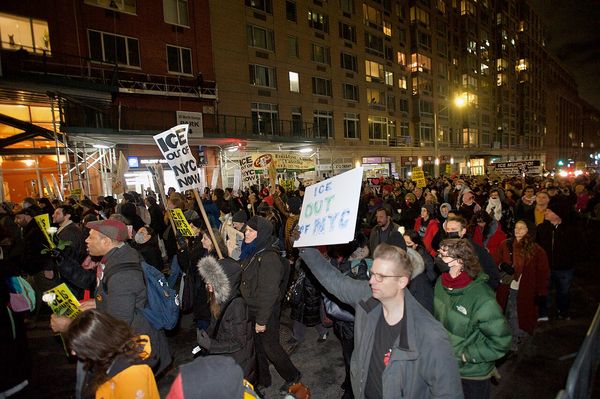
In early December, the sudden popularity of a new species of NFT called Buterin Cards led Ethereum gas fees—the cost to carry out a transaction on the blockchain—to briefly soar to around $10. Even though the fees soon fell back to around $1, the episode was an unpleasant reminder of earlier crypto booms when Ethereum became practically unusable just as it was soaring in popularity. This famously occurred with the arrival of an early NFT package known as Crypto Kitties in 2017, and with the massive speculative frenzy of the 2021 crypto bubble.
During those earlier episodes, Ethereum boosters begged for understanding since the blockchain, which was the first to popularize smart contracts, was still a new technology. The crypto world was largely understanding since growing pains for a project of this scale are inevitable, and due to the specific challenge of the "blockchain trilemma"—an axiom that says it is easy to build for two of the three qualities of speed, security, and decentralization but not all three. As we appear to be entering a new crypto bull market, though, it's not clear if people will be as patient.
The frustration around gas fees is partly a financial one—no one likes to pay more than they expect. But it's also rooted in a philosophical disconnect: The promise of Ethereum is that it's supposed to be a cheaper and safer technology than the conventional financial system. The reality for many people who first try Ethereum, however, is that the proposed gas cost exceeds the cost of the underlying transaction.
I asked Paul Brody, an Ernst & Young executive who has written a well-reviewed book titled Ethereum for Business, to see if he is concerned that the blockchain's ongoing gas headaches might mean it is running out of time to prove it is ready for primetime. He told me he is not, pointing to the flourishing layer-2 ecosystem, which lets users carry out the bulk of transactions on auxiliary blockchains like Optimism at a fraction of the cost. Those transactions are then bundled up and stamped on the main Ethereum blockchain, providing the same immutable record.
Layer-2 technology has indeed grown by leaps and bounds since 2021, spurred in part by Ethereum's successful switch to a proof-of-stake model for its blockchain, and costs on the side chains are far lower. But as I pointed to Brody, the experience of using a layer-2 chain is still clumsy and complicated, and off-putting to nontechnical people.
Brody acknowledged that the L2 experience remains "absolutely horrible" but says this is only a temporary situation, and that it won't be long until it becomes abstracted away with better designs. Meanwhile, he added that Ethereum remains the dominant smart contract for companies by an order of magnitude, and that this growth will only continue—a refutation of claims by Solana and other rivals that tout their lower gas costs as proof they can replace Ethereum.
For now, Brody appears right that Ethereum remains in the pole position when it comes to being the world's go-to smart contract platform. That said, if the next crypto boom is once again defined by eye-popping Ethereum fees, patience will begin to run out.
Jeff John Roberts
jeff.roberts@fortune.com
@jeffjohnroberts







